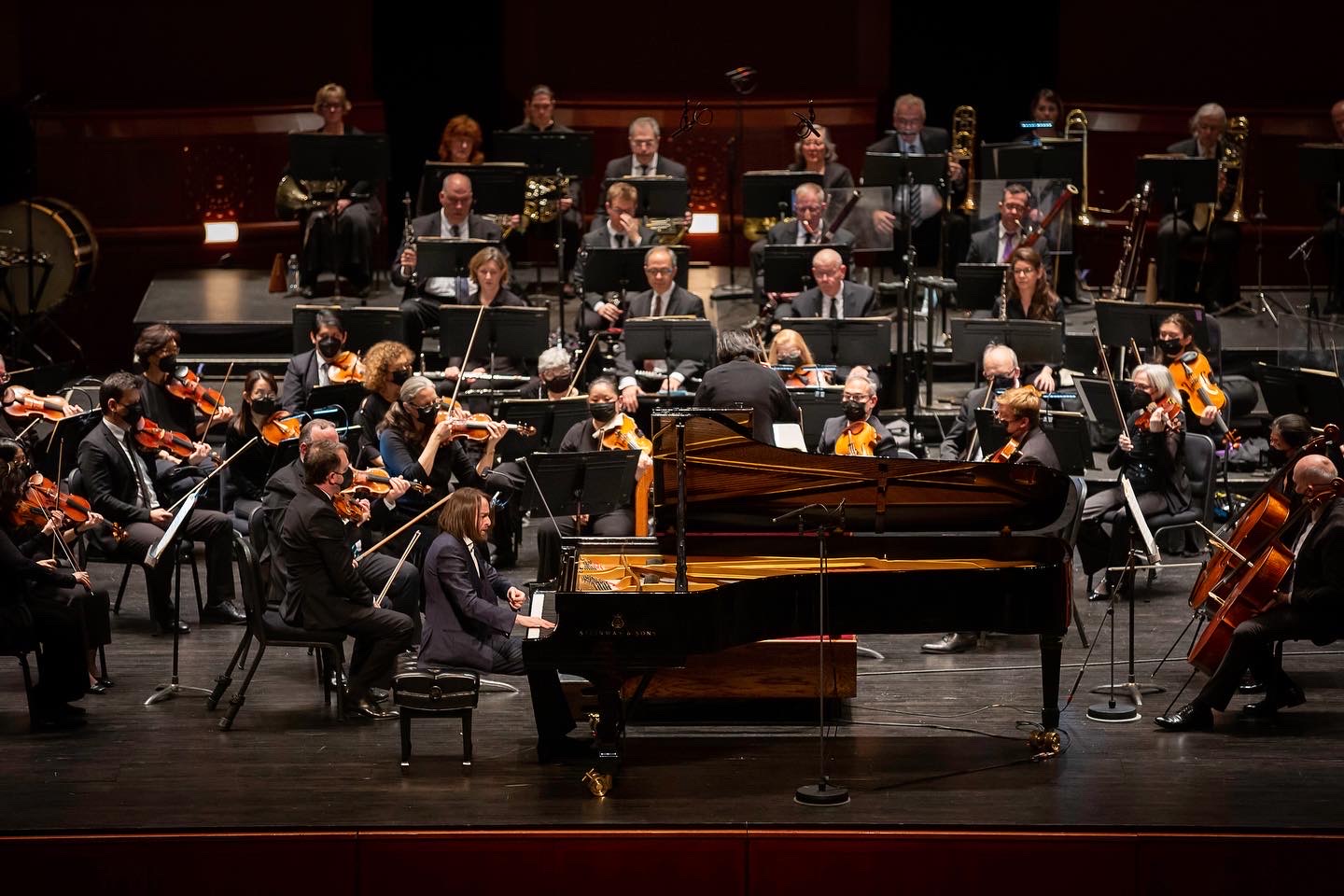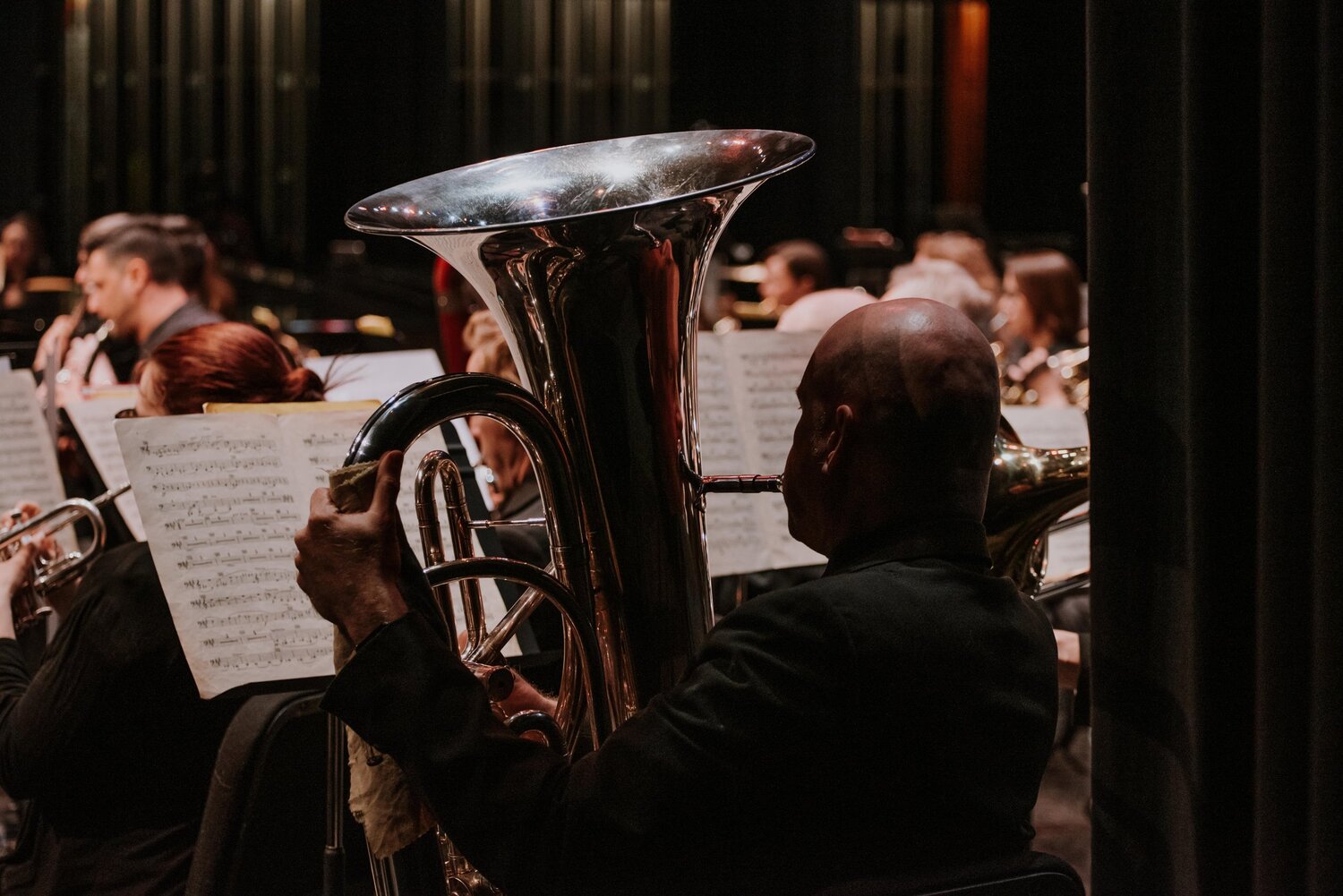Home>Production & Technology>Orchestra>What Are The Four Families Of The Orchestra?
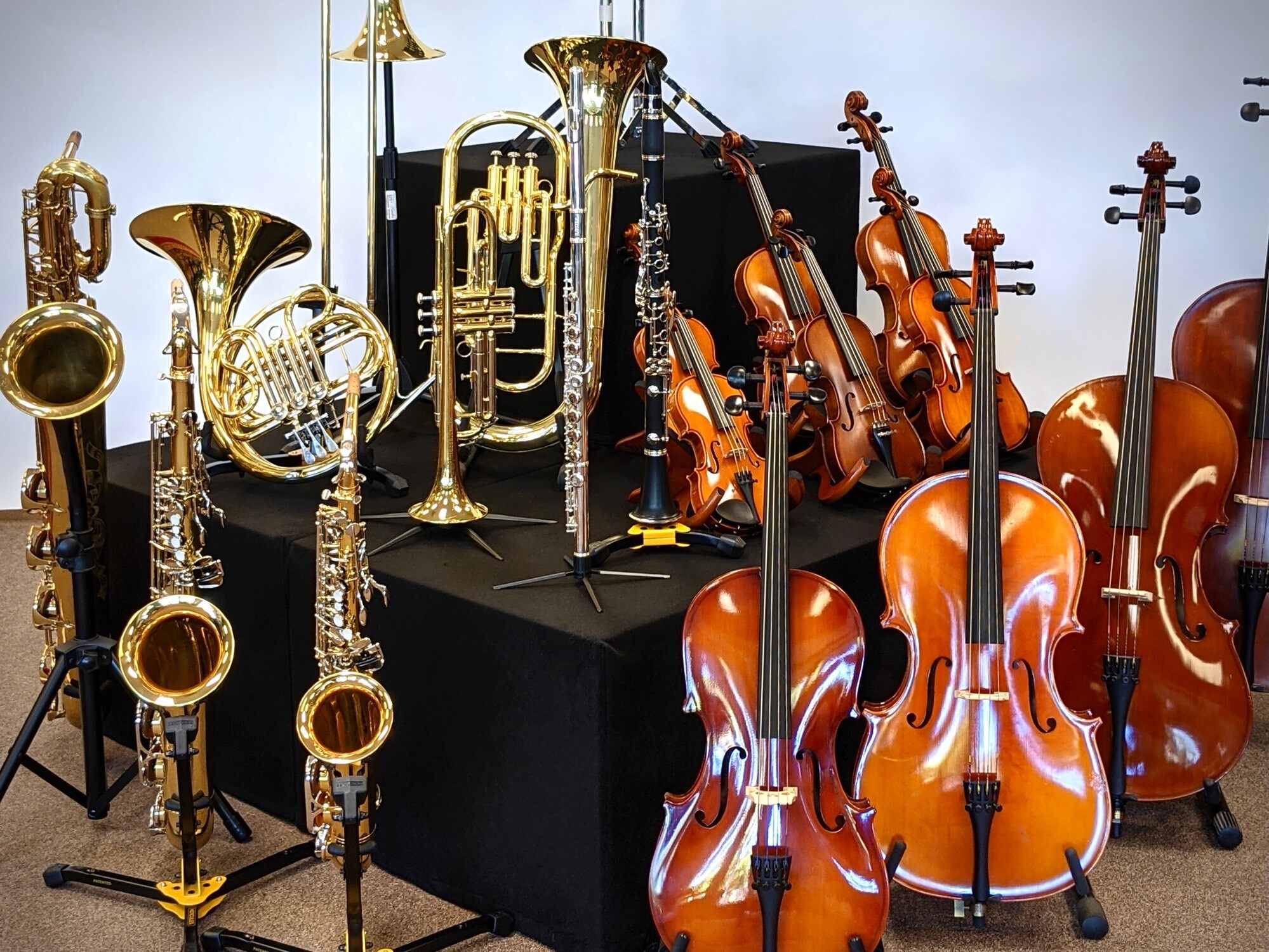

Orchestra
What Are The Four Families Of The Orchestra?
Published: February 24, 2024
Discover the four families of the orchestra and their unique instruments. Explore the rich history and diverse sounds of the orchestra. Learn more about the orchestra today!
(Many of the links in this article redirect to a specific reviewed product. Your purchase of these products through affiliate links helps to generate commission for AudioLover.com, at no extra cost. Learn more)
Table of Contents
Strings
The string family in the orchestra is a vital and enchanting group of instruments that adds depth, richness, and emotion to musical compositions. Comprising instruments such as the violin, viola, cello, and double bass, the strings section is often positioned at the front of the orchestra, captivating audiences with their mesmerizing melodies and harmonious resonance.
Violin
The violin, with its elegant curves and delicate craftsmanship, is renowned for its versatility and expressive capabilities. Its high-pitched, soaring tones can evoke a myriad of emotions, from joyous exuberance to poignant melancholy. As one of the most prominent instruments in the orchestra, the violin often takes the lead in melodic passages, showcasing its agility and virtuosity.
Viola
Slightly larger than the violin and possessing a warm, mellow timbre, the viola provides essential middle-range harmonies in the orchestra. Often likened to the alto voice in a choir, the viola contributes depth and richness to the ensemble, weaving intricate counterpoints and adding a velvety resonance to the overall sound.
Cello
The cello, with its deep, sonorous tones, exudes a soul-stirring quality that resonates with listeners on a profound level. Its expressive range spans from resonant bass notes to lyrical melodies, making it a versatile and captivating instrument in the orchestra. The cello's emotive power is often harnessed to convey poignant narratives and evoke deep-seated emotions within the audience.
Double Bass
As the largest and lowest-pitched member of the string family, the double bass provides a solid foundation for the orchestra's sound. Its rich, resonant tones underpin the harmonic structure of compositions, lending a sense of gravity and depth to the music. Often revered for its commanding presence and rhythmic precision, the double bass anchors the ensemble with its steadfast yet melodious undertones.
The strings section, with its diverse range of timbres and expressive capabilities, forms the heart and soul of the orchestra. From the soaring melodies of the violin to the resonant depths of the double bass, each instrument in the string family contributes to the orchestra's enchanting tapestry of sound, captivating audiences with its emotive power and timeless allure.
Woodwinds
The woodwind section of the orchestra exudes a captivating allure, encompassing a diverse array of instruments that enrapture audiences with their enchanting melodies and evocative timbres. From the agile agility of the flute to the soulful resonance of the bassoon, each woodwind instrument contributes its unique voice to the symphonic tapestry, imbuing compositions with depth, emotion, and vibrant energy.
Flute
The flute, with its gleaming silver exterior and graceful, cylindrical form, embodies ethereal beauty and crystalline clarity. Emitting a shimmering, silvery tone, the flute effortlessly navigates through intricate passages, conjuring images of fluttering birds and babbling brooks. Its agile and nimble nature allows it to soar effortlessly across the orchestra, infusing compositions with a sense of lightness and grace.
Clarinet
The clarinet, with its elegant, ebony curves and expressive tonal range, possesses a unique ability to convey a wide spectrum of emotions. From velvety, melancholic lows to bright, jubilant highs, the clarinet weaves a rich tapestry of moods and textures within the orchestral fabric. Its mellifluous timbre often takes center stage, captivating listeners with its soulful and poignant melodies.
Oboe
The oboe, often hailed as the "voice of the orchestra," emanates a haunting and poignant resonance that tugs at the heartstrings of audiences. With its slender, wooden form and distinctive double reed, the oboe evokes a sense of longing and introspection, infusing compositions with a soul-stirring depth. Its expressive capabilities allow it to convey profound narratives and evoke a profound emotional connection with the listeners.
Bassoon
The bassoon, with its commanding presence and deep, sonorous tones, anchors the woodwind section with its majestic sound. Often likened to the operatic bass voice, the bassoon exudes a regal and expressive quality, adding gravitas and richness to the orchestral ensemble. Its resonant depths resonate with a profound sense of depth and grandeur, lending a majestic quality to the overall symphonic landscape.
The woodwind section, with its diverse array of instruments, embodies a captivating blend of agility, expressiveness, and emotional depth. From the ethereal trills of the flute to the soul-stirring resonance of the bassoon, each woodwind instrument weaves its unique narrative within the orchestral tapestry, captivating audiences with its evocative power and timeless allure.
Brass
The brass section of the orchestra commands attention with its resplendent and commanding presence, heralding the arrival of regal fanfares, majestic chorales, and triumphant melodies. Comprising instruments such as the trumpet, French horn, trombone, and tuba, the brass family infuses compositions with stirring grandeur, resounding power, and resplendent brilliance.
Trumpet
The trumpet, with its gleaming brass bell and bold, cylindrical form, exudes a resplendent and triumphant allure. Its bright, clarion tones cut through the orchestral fabric with regal precision, heralding majestic fanfares and triumphant themes. The trumpet's commanding presence and agile capabilities allow it to soar to exhilarating heights, evoking a sense of grandeur and exuberance within the symphonic landscape.
French Horn
The French horn, with its coiled form and evocative, mellow tones, possesses a rich and noble quality that resonates with depth and warmth. Its lyrical and expressive nature infuses compositions with a sense of poignant introspection and majestic grandeur. Often revered for its ability to convey stirring melodies and noble fanfares, the French horn adds a touch of regal elegance to the orchestral ensemble, captivating listeners with its evocative power.
Trombone
The trombone, with its gleaming brass slide and commanding bell, exudes a robust and resonant timbre that adds a sense of gravitas and power to the orchestra. Its bold, brassy tones resonate with a commanding presence, infusing compositions with a sense of majestic grandeur and resounding depth. The trombone's expressive capabilities allow it to convey stirring chorales, triumphant themes, and resonant bass lines, adding a rich and sonorous quality to the symphonic tapestry.
Tuba
The tuba, with its imposing size and deep, sonorous tones, anchors the brass section with its commanding and resonant presence. Its majestic and enveloping timbre underpins the harmonic structure of compositions, lending a sense of weight and grandeur to the orchestral landscape. The tuba's commanding depths resonate with a profound sense of power and regal elegance, adding a resounding and majestic quality to the symphonic ensemble.
The brass section, with its resplendent allure and commanding presence, infuses compositions with stirring grandeur, regal elegance, and resounding power. From the triumphant fanfares of the trumpet to the noble melodies of the French horn, each brass instrument contributes its unique voice to the orchestral tapestry, captivating audiences with its majestic and resplendent brilliance.
Percussion
The percussion section of the orchestra is a mesmerizing and dynamic ensemble of instruments that adds rhythmic vitality, textural depth, and dramatic flair to musical compositions. From the thunderous resonance of the timpani to the shimmering allure of the cymbals, each percussion instrument contributes its unique timbre and expressive capabilities, infusing compositions with vibrant energy and evocative textures.
Timpani
The timpani, often referred to as the "kettle drums," commands attention with its imposing presence and resounding depths. With their large, hemispherical bowls and taut, resonant heads, the timpani produce thunderous, reverberating tones that underpin the rhythmic pulse of the orchestra. Whether heralding grand crescendos or adding dramatic punctuation to musical passages, the timpani imbue compositions with a sense of majestic grandeur and rhythmic precision.
Snare Drum
The snare drum, with its crisp, staccato articulations and vibrant, percussive resonance, infuses compositions with a sense of rhythmic drive and dynamic intensity. Its sharp, distinctive sound cuts through the orchestral texture, adding a sense of urgency and momentum to musical passages. From lively marches to dramatic crescendos, the snare drum's rhythmic cadences and expressive flourishes captivate listeners with their invigorating energy.
Cymbals
The cymbals, with their shimmering, metallic allure and resounding clashes, add a touch of dramatic flair and ethereal beauty to the orchestral ensemble. Their vibrant, swirling tones and explosive crashes punctuate musical phrases with a sense of exhilarating exuberance and dynamic contrast. Whether evoking thunderous crescendos or delicate, shimmering whispers, the cymbals infuse compositions with a sense of dramatic tension and captivating allure.
Bass Drum
The bass drum, with its commanding, resonant depths and thunderous reverberations, anchors the percussion section with its formidable presence. Its deep, booming tones resonate with a sense of primal power and rhythmic gravitas, adding a palpable sense of weight and grandeur to the orchestral landscape. Whether accentuating climactic passages or evoking thundering crescendos, the bass drum imbues compositions with a sense of resounding depth and dramatic impact.
Glockenspiel
The glockenspiel, with its crystalline, bell-like tones and sparkling, ethereal timbre, adds a touch of enchanting beauty and whimsical charm to the orchestral tapestry. Its shimmering, high-pitched notes evoke a sense of celestial radiance and delicate allure, infusing compositions with a sense of transcendent enchantment and vibrant color. Whether conjuring images of twinkling stars or adding a touch of whimsy to musical passages, the glockenspiel captivates listeners with its evocative and ethereal resonance.
The percussion section, with its diverse array of instruments, infuses compositions with rhythmic vitality, textural depth, and dramatic flair. From the thunderous resonance of the timpani to the shimmering allure of the cymbals, each percussion instrument contributes its unique voice to the orchestral tapestry, captivating audiences with its vibrant energy and evocative textures.


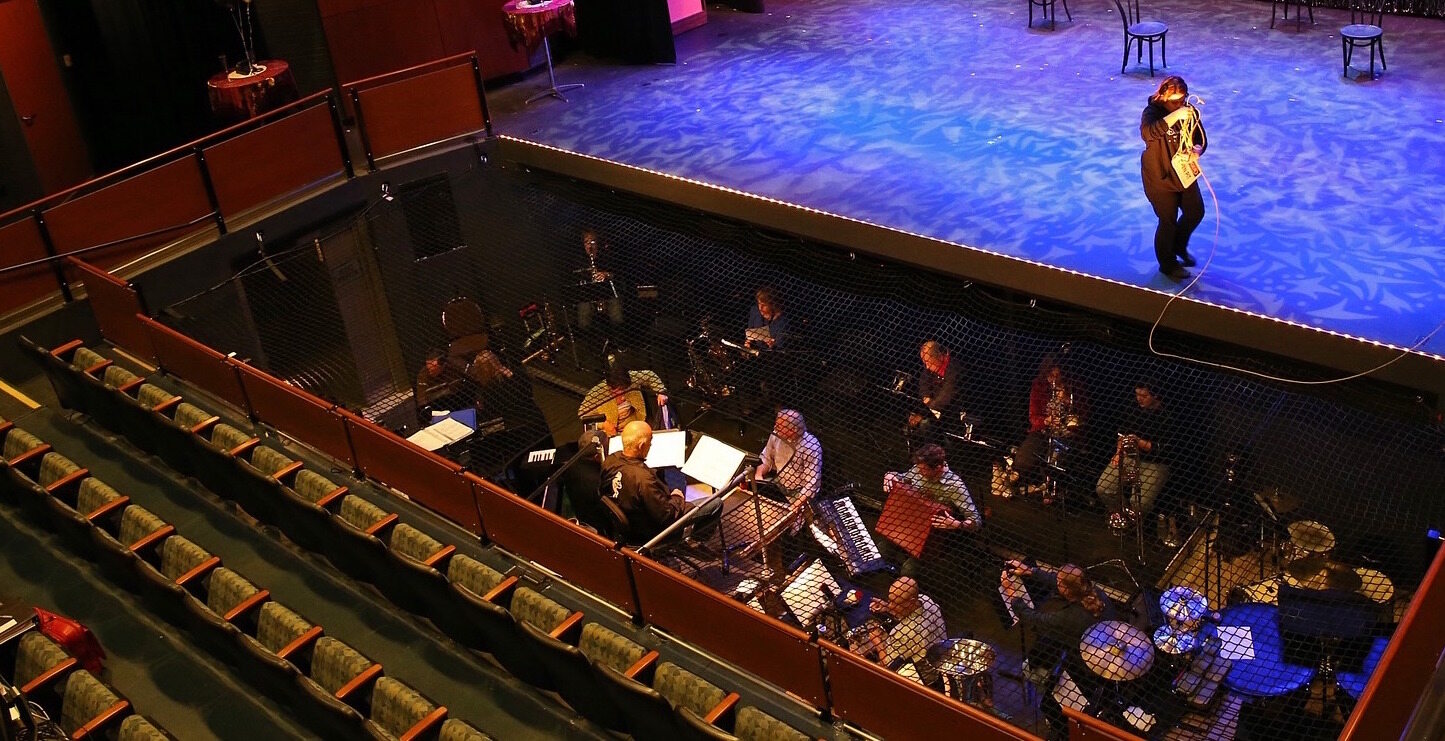


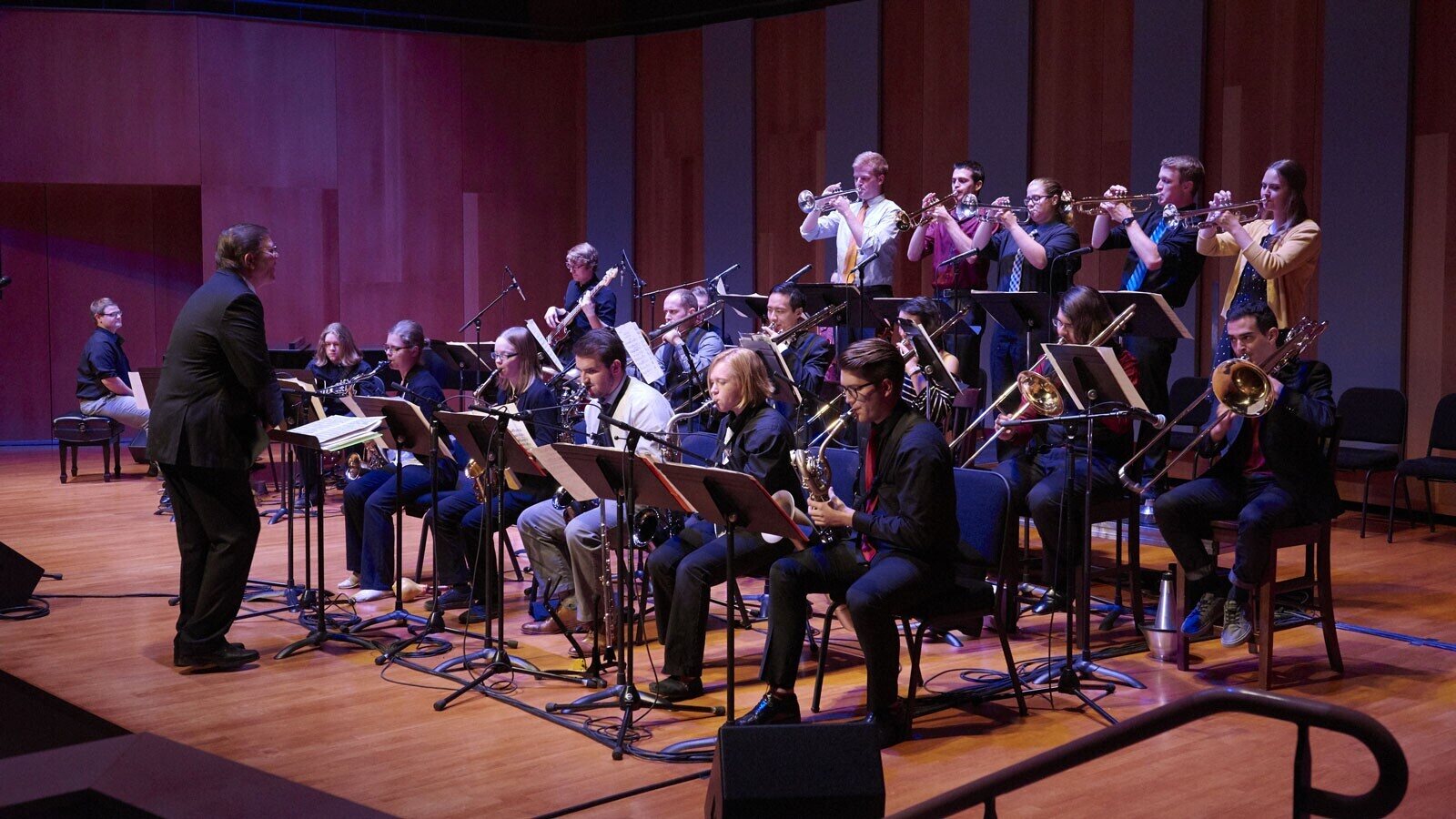
![Lyrics When Im Sixty-Four[Remix] The Beatles](https://audiolover.com/wp-content/uploads/2023/11/lyrics-when-im-sixty-fourremix-the-beatles-1699255274.jpg)

